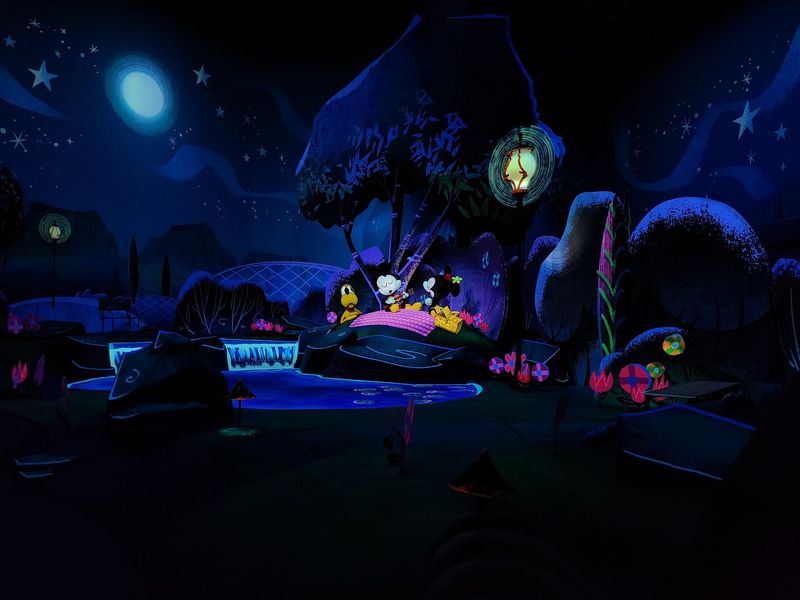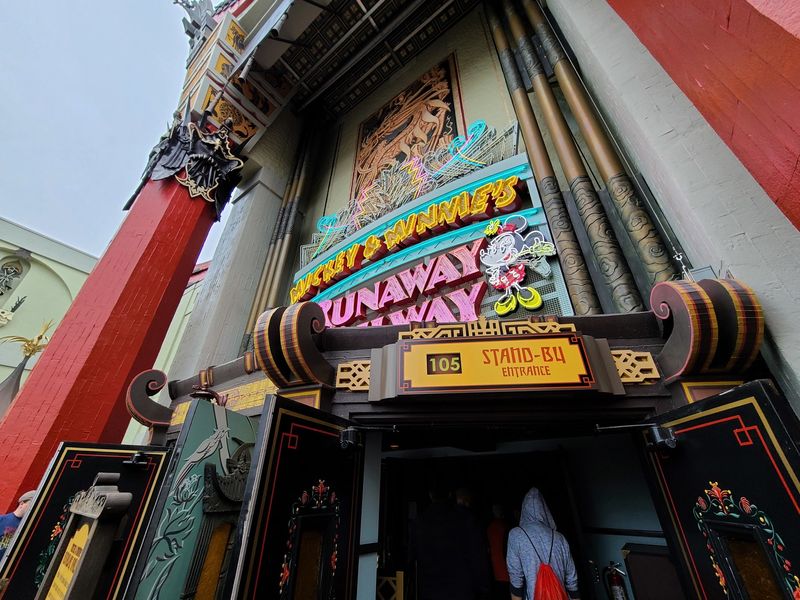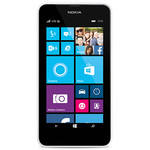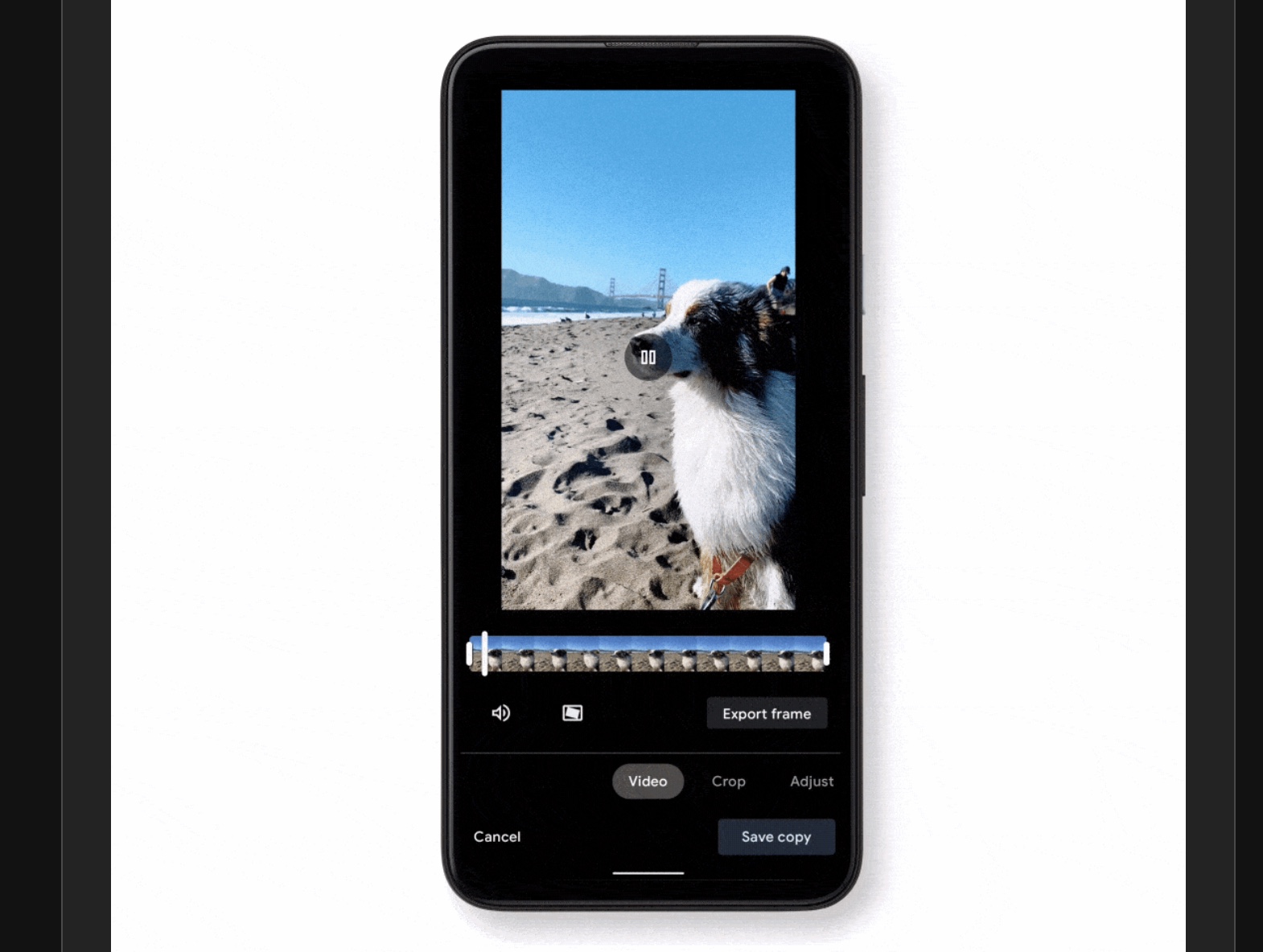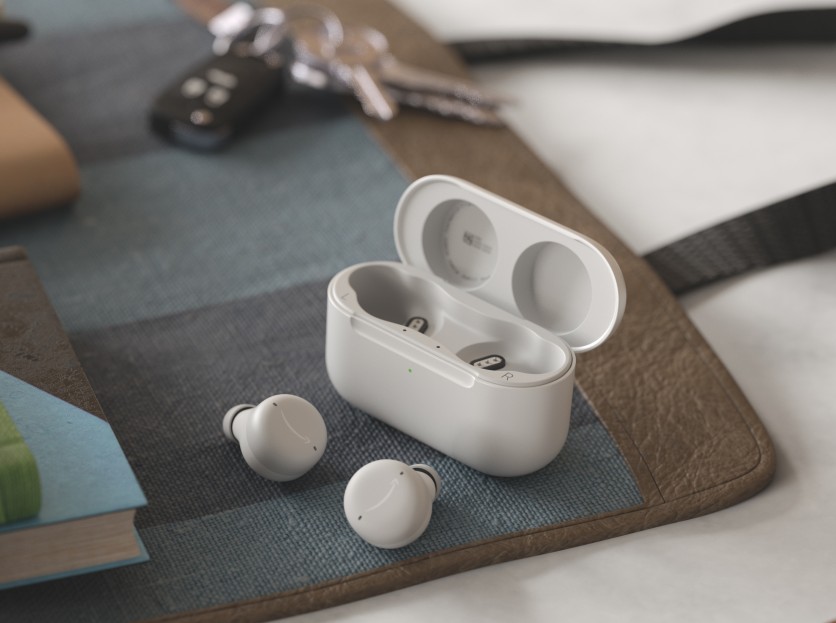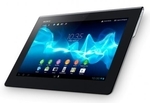Samsung Galaxy S20 review - A near-perfect, pocket-friendly powerhouse - Android
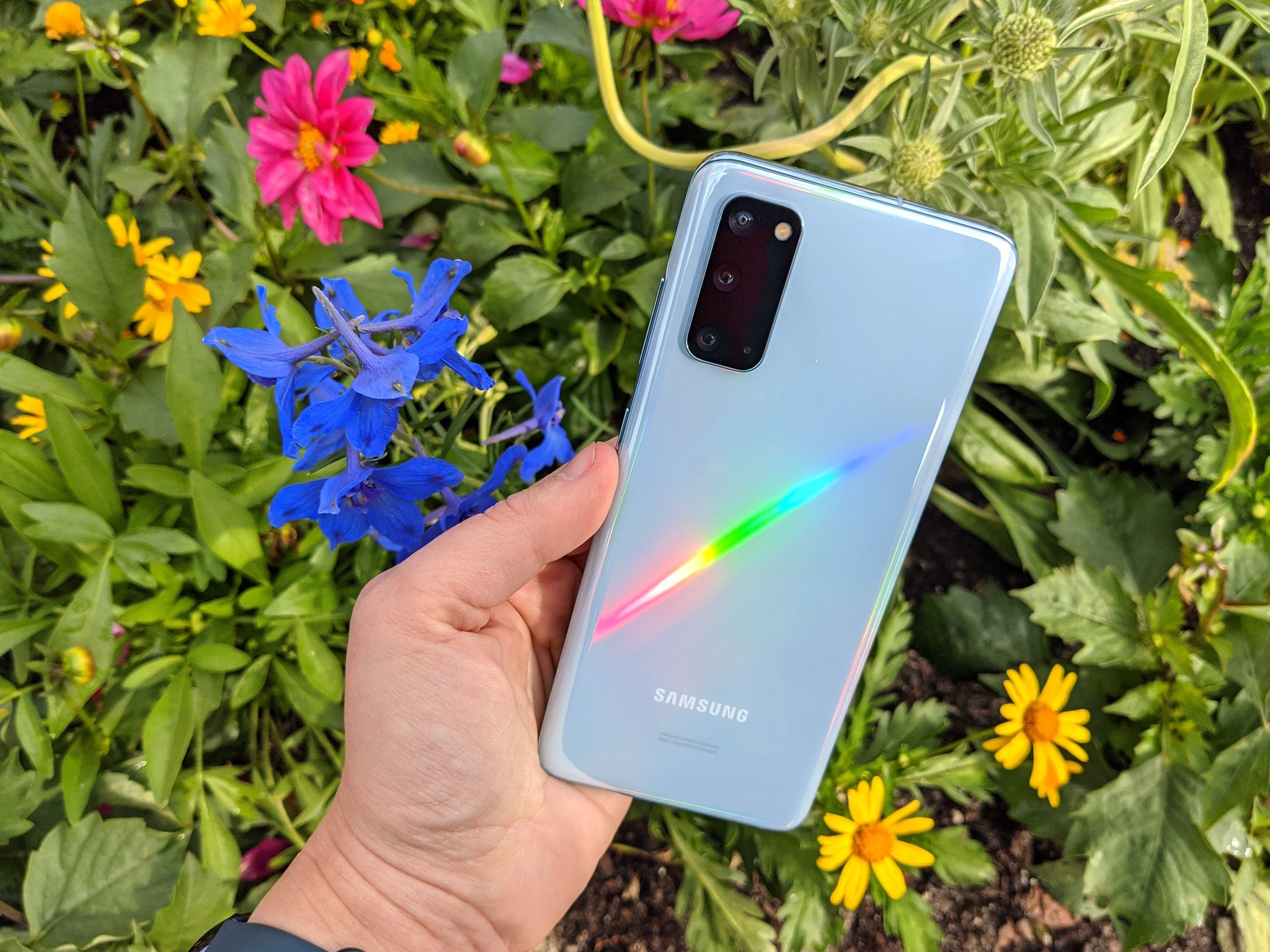
The smaller, the better.
While many folks looking for a new phone will immediately race to the biggest and fanciest new flagship around, the Galaxy S20 Ultra is just too much in size, price, and problems. While the Galaxy S20+ is a more reasonable phone, as a busy woman with small hands, it's too big to use one-handed, too big for my pockets, and too big my shoulder holster.
Thankfully, the "baby" Galaxy S20 is just a few hairs bigger than the Galaxy S10, and between the generous battery, a Lindt Chocolate-smooth 120Hz screen, and the most significant camera upgrade in Galaxy history, the Galaxy S20 is without a doubt one of the best Android phones of 2020 for non-Pixel-purists — and especially for women and small phone enthusiasts.
I've had my Galaxy S20 for a year now, and while I have some very, very tiny hang-ups with the phone, none take away from the great experience I've had with it.
Galaxy S20 review
- Price & availability
- Hardware and design
- Display
- Battery life
- Software and performance
- Cameras
- Oddities and observations
- The Exynos version
- The competition
- Should you buy it?
- Update changelog
The other S20s
- Galaxy S20 Ultra review
- Galaxy S20 Plus review
At a glance
Samsung Galaxy S20

Bottom line: With a rich 120Hz screen, battery for long days, and top-of-the-line performance, Samsung made a flagship that actually justified its premium price without being too full of itself or too overstuffed to hold comfortably.
The Good
- Usable one-handed
- Truly impressive battery life
- Vivid daytime and outdoor photos
- Blissfully smooth performance
- Beautiful design with cute colors
The Bad
- Slow fingerprint sensor fails too often
- Only supports sub-6 5G, not mmWave
- PD charging is still slower on most chargers
$1,000 at Best Buy
Samsung Galaxy S20: Price & availability
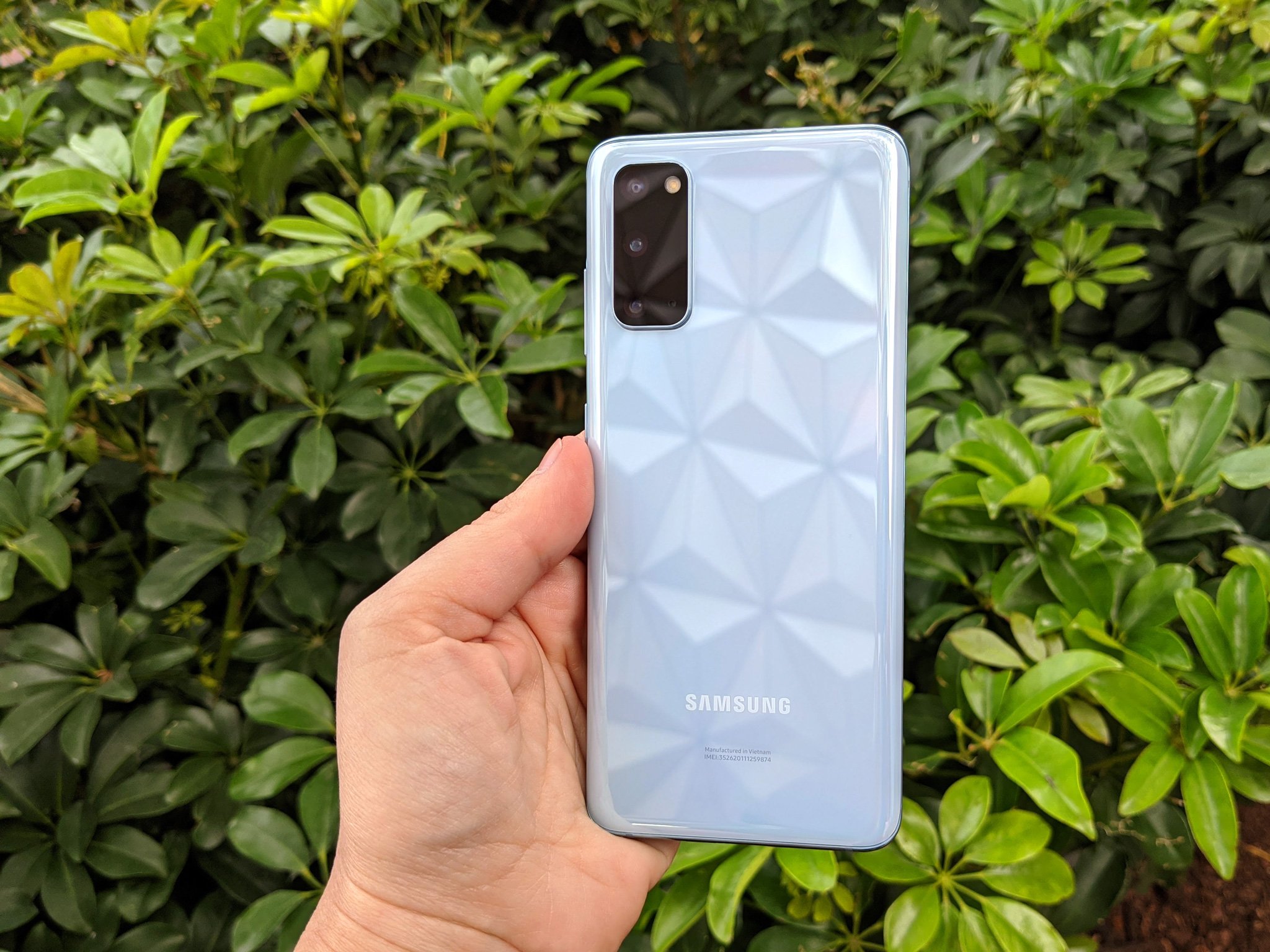
We are now a year out from the S20's launch and with the Samsung Galaxy S21 available for $200 less with a better processor and swanky new design, the Galaxy S20 has stopped being sold new at most retailers including Samsung, Amazon, and B&H, though some carriers are still stocking it for reasons unknown.
The Galaxy S20 launched for $1000 in March of 2020, but the phone saw some decent price cuts around Amazon Prime Day 2020 and Black Friday 2020. If you're considering buying one today — though the only reasons I can think of would be if a microSD card is a necessity or you just really like having a curved screen — I wouldn't pay a penny over $700, which coincidentally is the price of the Galaxy S20 FE, the only S20 version still widely sold today.
If you're looking to buy a Galaxy S20 used, they're usually going for about $500-$550 except for the Cloud Pink, which you will pay a premium for — and, really, girls, that's what cute cases like the Tech21 Studio Colour are for. There's nothing wrong with saving money by buying this phone used, especially since it's got two years of updates left on it and it's still got great cameras and a beefy processor; just make sure you don't buy last year's phone at this year's price.
Samsung Galaxy S20: Best in the hand and the pocket
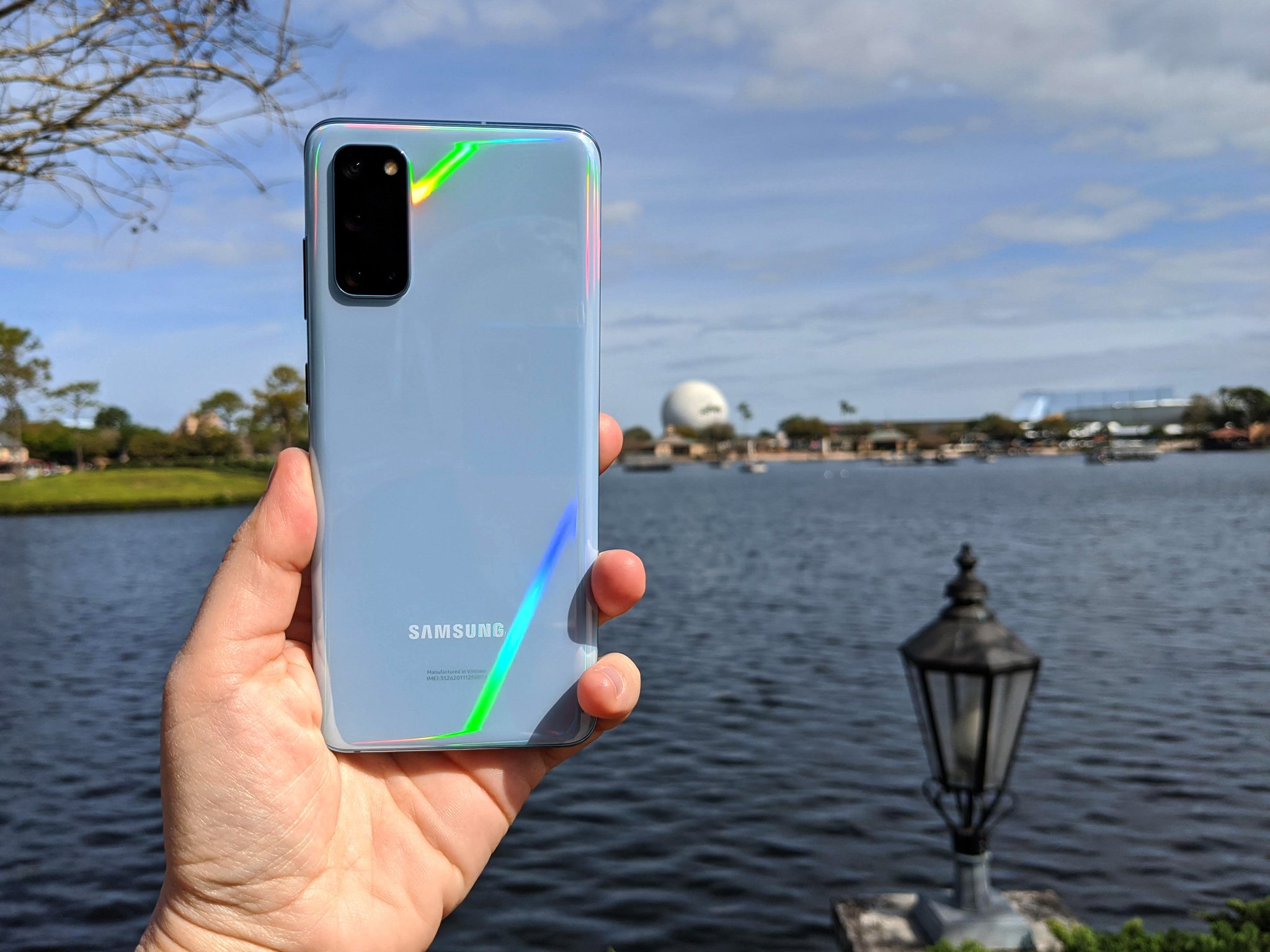
This blue baby might be the smallest of the S20 line, but it's just a hair bigger than the Galaxy S10 and Note 10. It's the same width as the Pixel 4, but it's taller. We have a handy size chart that helps demonstrate how the profile of the phone stacks up, but what it doesn't show is how the curved sides of the front and back glass help the phone feel so thin in the hand despite it holding a 4,000mAh battery.
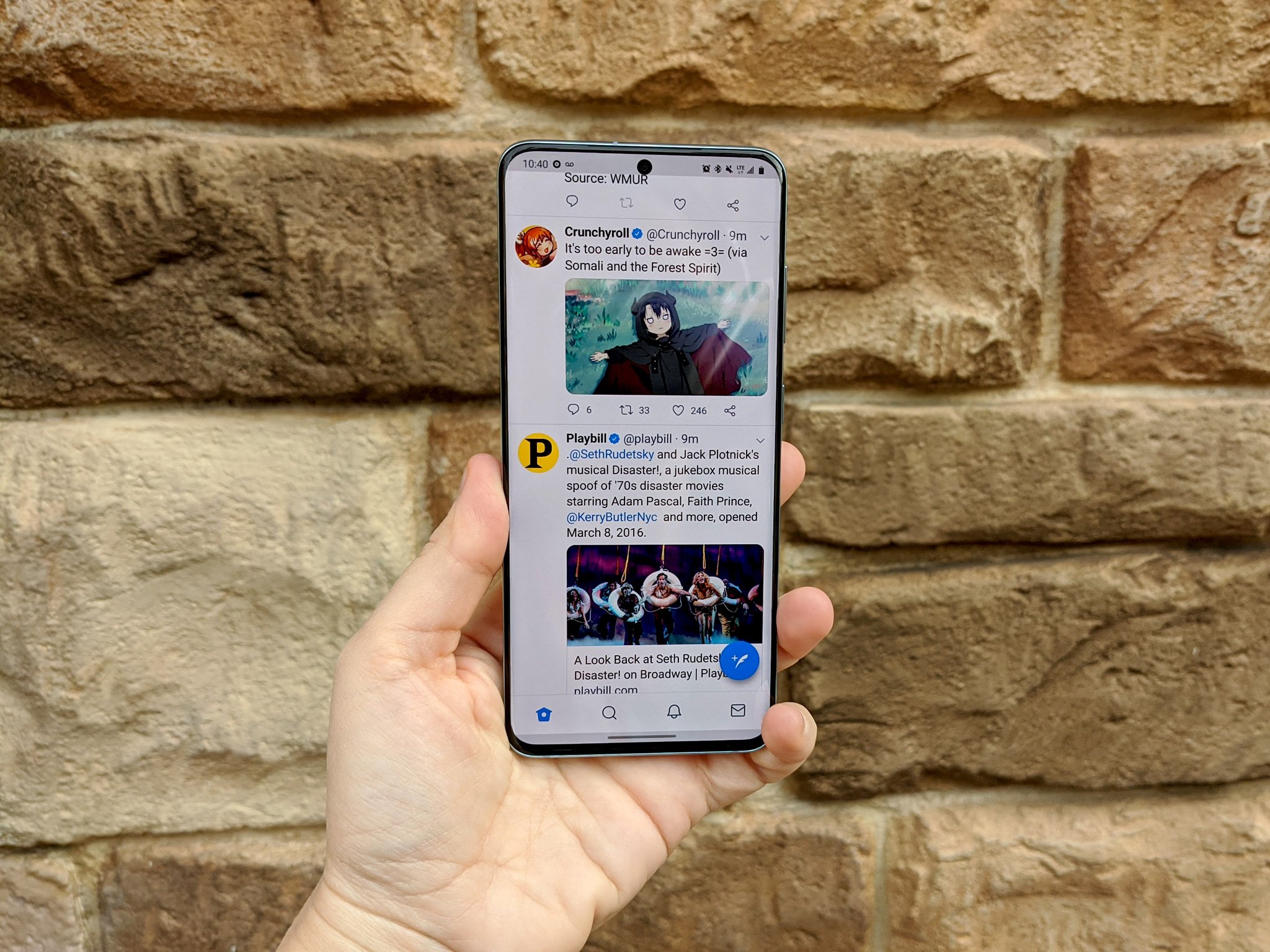
This is the only S20 that I can comfortably use one-handed — though for more than one-word SMS replies, you'll still want to use two hands. I also highly recommend a case, because glass back + sweaty palms = shattered phones and hearts. I'm also a big believer in the power of the PopSocket, especially if you intend to use your phone one-handed most of the time like I do.
Samsung has consolidated buttons this year, putting all the buttons on the right side of the screen and combining the Bixby and power buttons. This is great news on all fronts, mainly because it means that taking a screenshot doesn't need you to press-and-hold anymore; just single press the power and volume down buttons.
Around back, Samsung wised up and shoved the camera module to the left corner while also reconfiguring from a row of cameras to a grid for a smaller footprint. While the device may look more symmetrical if they were still dead center, the corner placement means you're less likely to get a finger in the way when you're lining up a shot — especially if you use a phone grip to steady your shooting hand like me. It also means that if you go in for cute cases like Skinit's licensed cases, there's far less chance the camera module will block out a crucial part of the design.
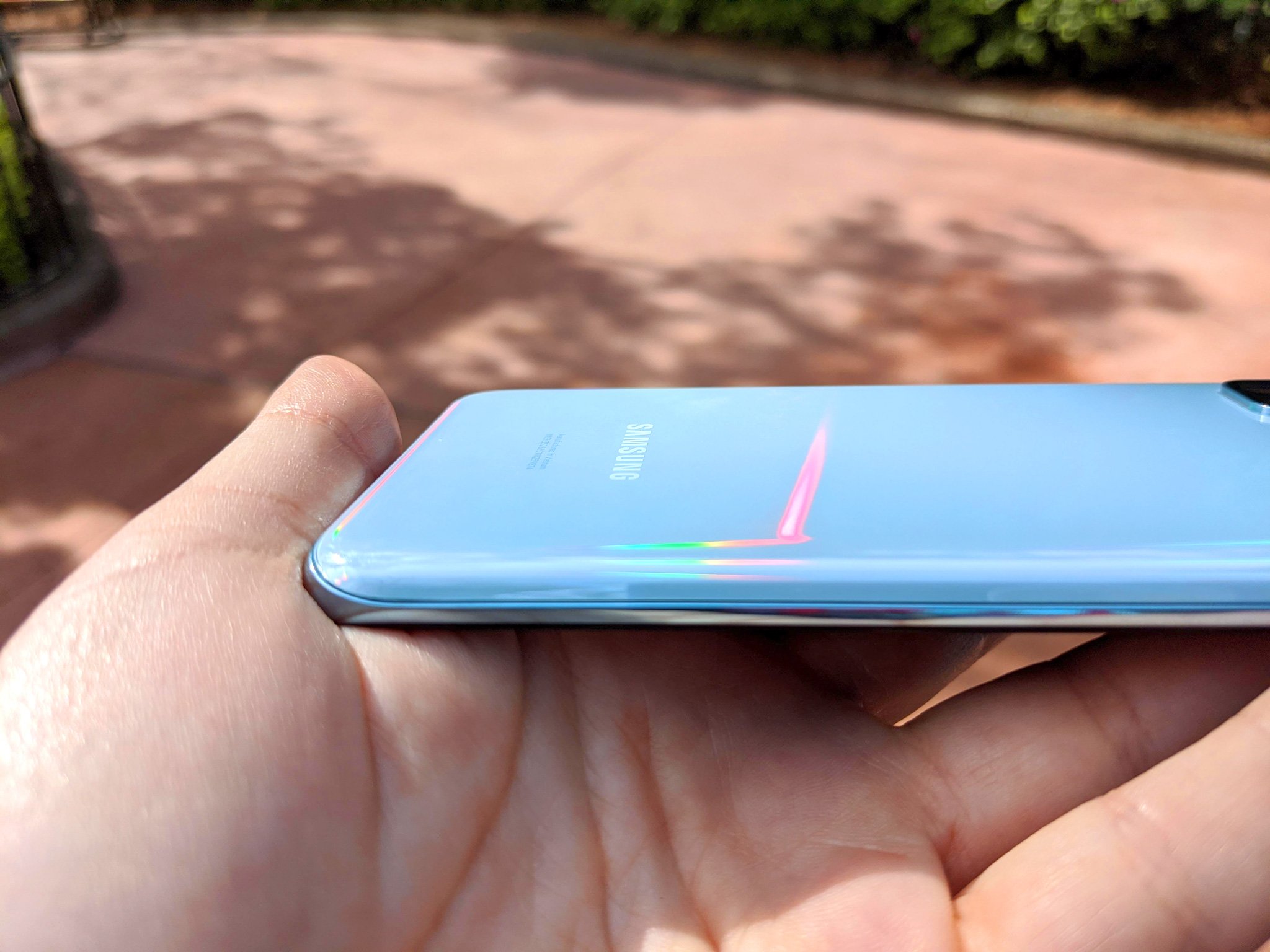
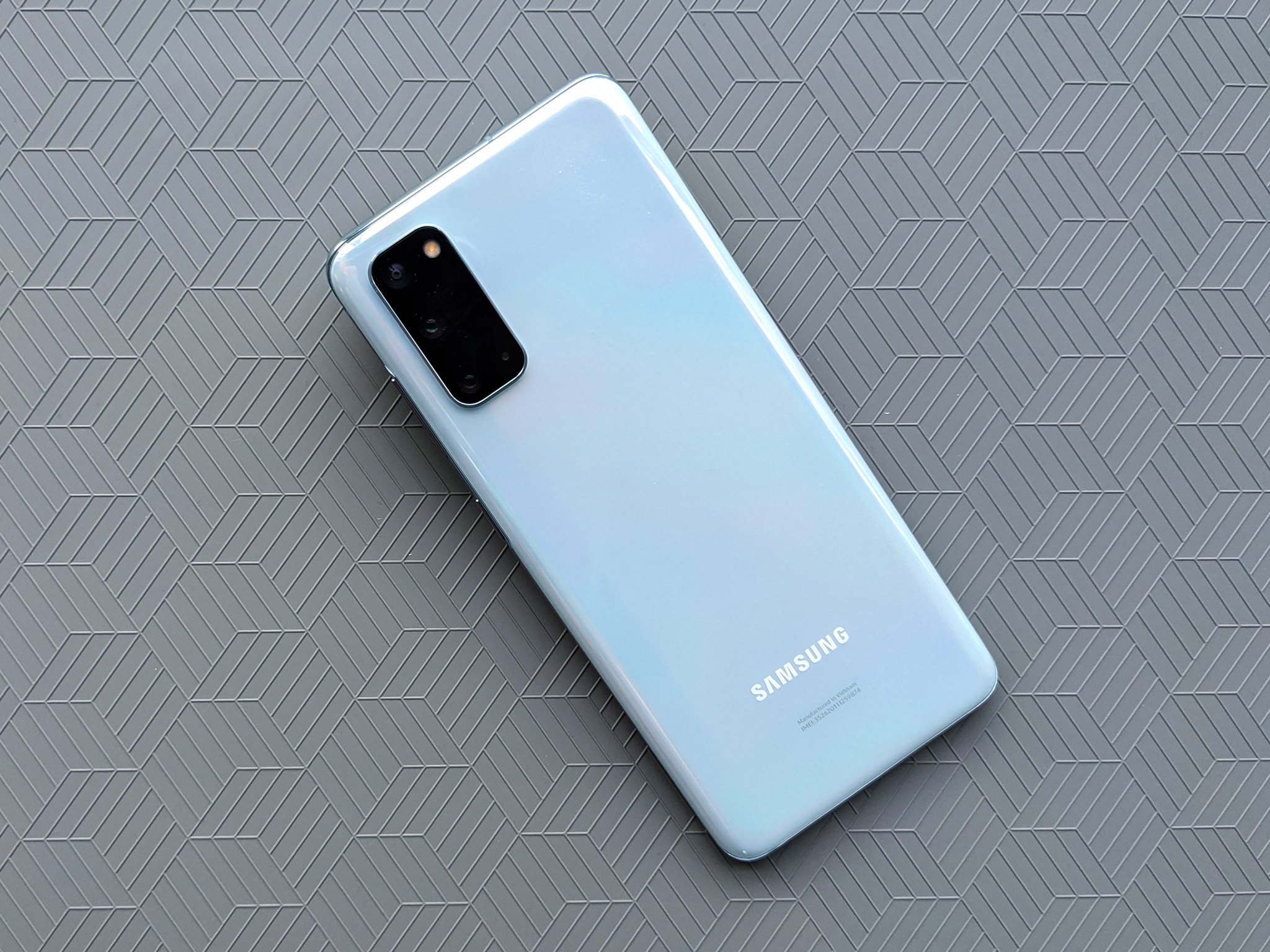
Of course, I'm not sure you'll want to cover up the S20's natural beauty. While the bigger models are mostly confined to grey and black, the regular S20 got two insanely cute colors this year: Cloud Blue and Cloud Pink. The Cloud Blue on my S20 is very pale, bordering on silver at times (which is why I've lovingly nicknamed it Cinderella Blue), but the color shows through enough to give the S20 personality and a soft glow. Cloud Pink is a little more vibrant, but it's definitely not overpowering. Both are cute enough that I strongly advise getting a clear case, since glass backs are grime magnets and get slippery when sweaty.
While it doesn't show up as much in the renders, these two colors still get those refractive rainbows we saw from the Note series last year, though they've been tastefully toned down from the psychedelic Aura Glow. If you're playing with the S20 in sunlight, the rainbows are easy to find, but they're not always there every time when you're inside in more artificial light.
Samsung Galaxy S20: Prepare to be spoiled by 120Hz
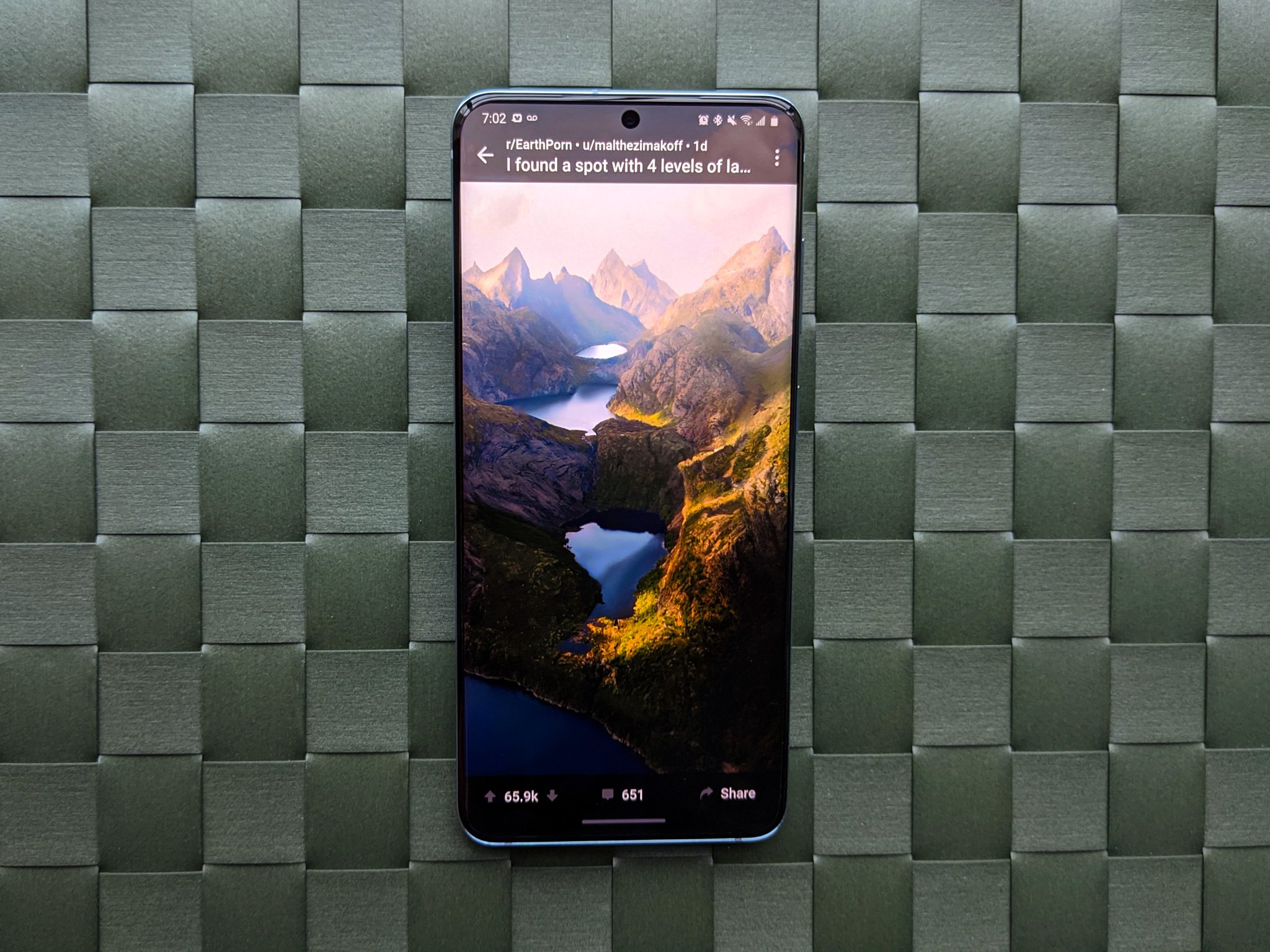
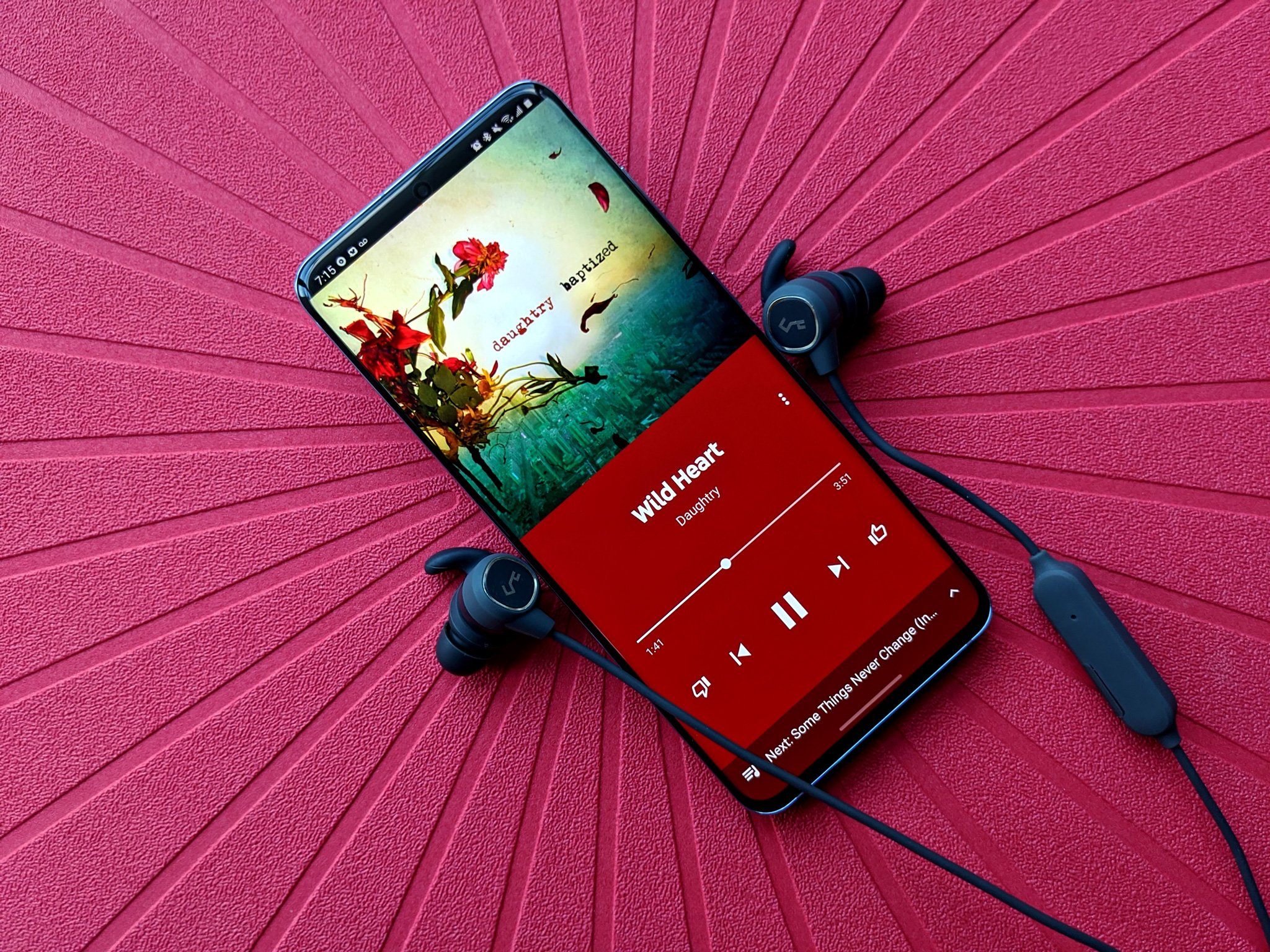
The S20 has the smallest screen of the three models, which means that it has the highest pixels per inch, and — at least to my mind — looks the best. Colors are vivid, the screen is easy to read in direct sunlight, as I did for several hours this last week, and 120Hz is smooth as silk when you're flipping through menus and scrolling through your Twitter feed.
Once you turn on 120Hz, you'll never want to go back to a 60Hz screen.
120Hz doubles the rate your phone refreshes what's on the screen, and because it redraws the screen twice as often, that allows motion to look more natural and more fluid. While not turned on by default for a small battery boost — and honestly, the screen still looks better than the Pixel 4 at 60Hz — it's something you'll notice almost immediately the moment you turn it on and never want to turn it off again.
That butter-smooth experience is a much bigger addiction than using the phone at full 1440p resolution, and you have to pick one or the other because when you go to WQHD, it'll kick you back to 60Hz. The difference between 1080p and 1440p isn't one you'll notice at all times, but you'll see 120Hz far more often.
The screen still has a hole punch, but I like it much more centered on the screen rather than stuck to the right corner. The centered cutout blends in with more apps and with more wallpapers this way, and it doesn't jack up the spacing of the status bar at the top as much since the hole punch itself is smaller than last year.
Samsung Galaxy S20: Battery for literal days
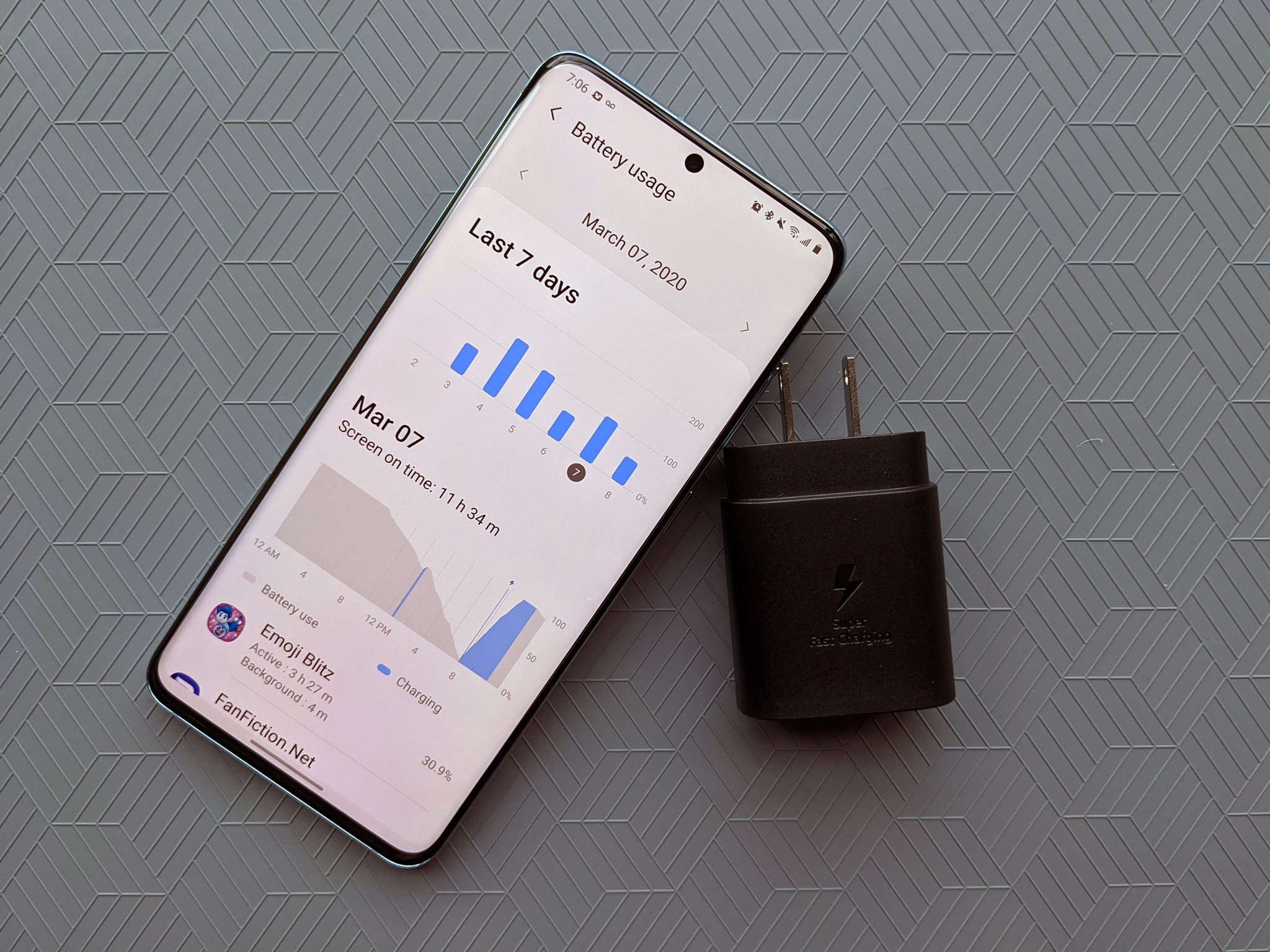
The S20 comes with a 4,000mAh battery, which seems small next to the Ultra's 5,000mAh cell, but it also has a smaller screen to illuminate and refresh. In other words, that capacity is more than enough to get you through the average day. In fact, on the default settings — 1080p 60Hz screen, auto-brightness, mostly indoors with Wi-Fi and LTE — I got 11 hours of screen time on a single charge, including 3.5 hours of reading and three hours of Disney Emoji Blitz gameplay.
Even with 120Hz on, you can expect at least four hours of screen time at max brightness outdoors — the screen was easily readable in full sunlight while waiting for the Magic Kingdom's parade and Epcot's Garden Rocks concert — and a battery that should last you all day on anything less than a park-open-to-close, camera-happy vacation day.
No 9V/2A PD charging is a disservice for a $1000 phone.
When using the in-box 25W charger, the S20 will recharge from dead to full in about 75 minutes, but when you're on the go with a power bank or more generic Power Delivery charging, it seems to top out at 15W (9V/1.65A). Granted, the regular S20 doesn't have 45W charging like the Ultra, but it does still have the same strict requirements for fast-charging at 25W, despite the USB Fast Charger certification which should allow it to quick charge with a wider array of Power Delivery chargers.
Now, I'd understand having stricter requirements in place for charging at 30-45W because you can generate a fair bit of heat depending on your setup. Not supporting standard 18W (9V/2A) PD fast charging is a disservice to your customer, especially for a $1000 phone. After all, even $200 Android phones support 9V/2A charging, and so do iPhones.
Samsung Galaxy S20 Android 11 goodness with Samsung's secret sauce
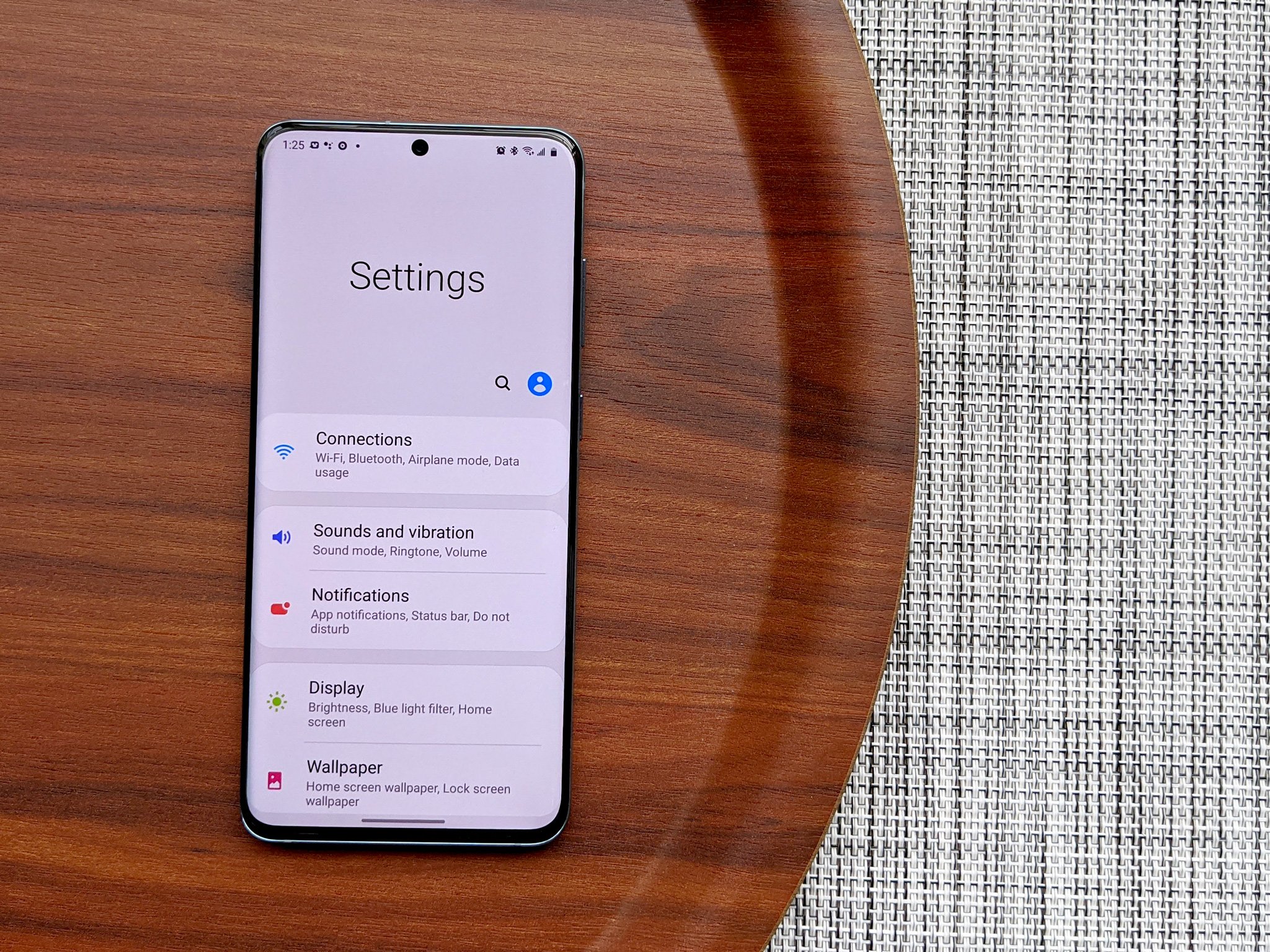
With 12GB of memory and the Snapdragon 865, the Galaxy S20 zips along through any app I throw at it, and especially combined with that 120Hz screen, everything is smooth as silk. If you're wary of the S20 because you've been burned by Samsung's software in the past, One UI 3.1 is adaptable, reliable, and only minimally bloated.
Samsung's software is refined and closer to Pixel than ever.
The software on the S20 is mostly the same as on the newer Note 20 and S21 — the menus and Samsung apps are designed to avoid making you reach to the top of its extra-tall displays, we finally have a system-wide dark mode that impacts regular apps as well as system apps, and Android 10 brought more granular permission controls to us so that we can try to curtail the amount of location and tracking data an app collects about us. For the Galaxy S20, we do have a small smattering of pre-installed apps — Facebook, a quartet of apps from Microsoft, a few carrier apps, and a dozen non-essential Samsung apps.
Among some of the more notable improvements made this year, one is something that is needed far more on Samsung's less powerful phones: the ability to pin apps to memory and prevent the phone from ever killing them. I instantly did this with YouTube Music, just to ensure nothing would throw off my groove. The S20 is the first non-Pixel phone to ship with Live Transcribe and Live Caption, which is excellent news from an accessibility standpoint but will be rarely used by the average user.
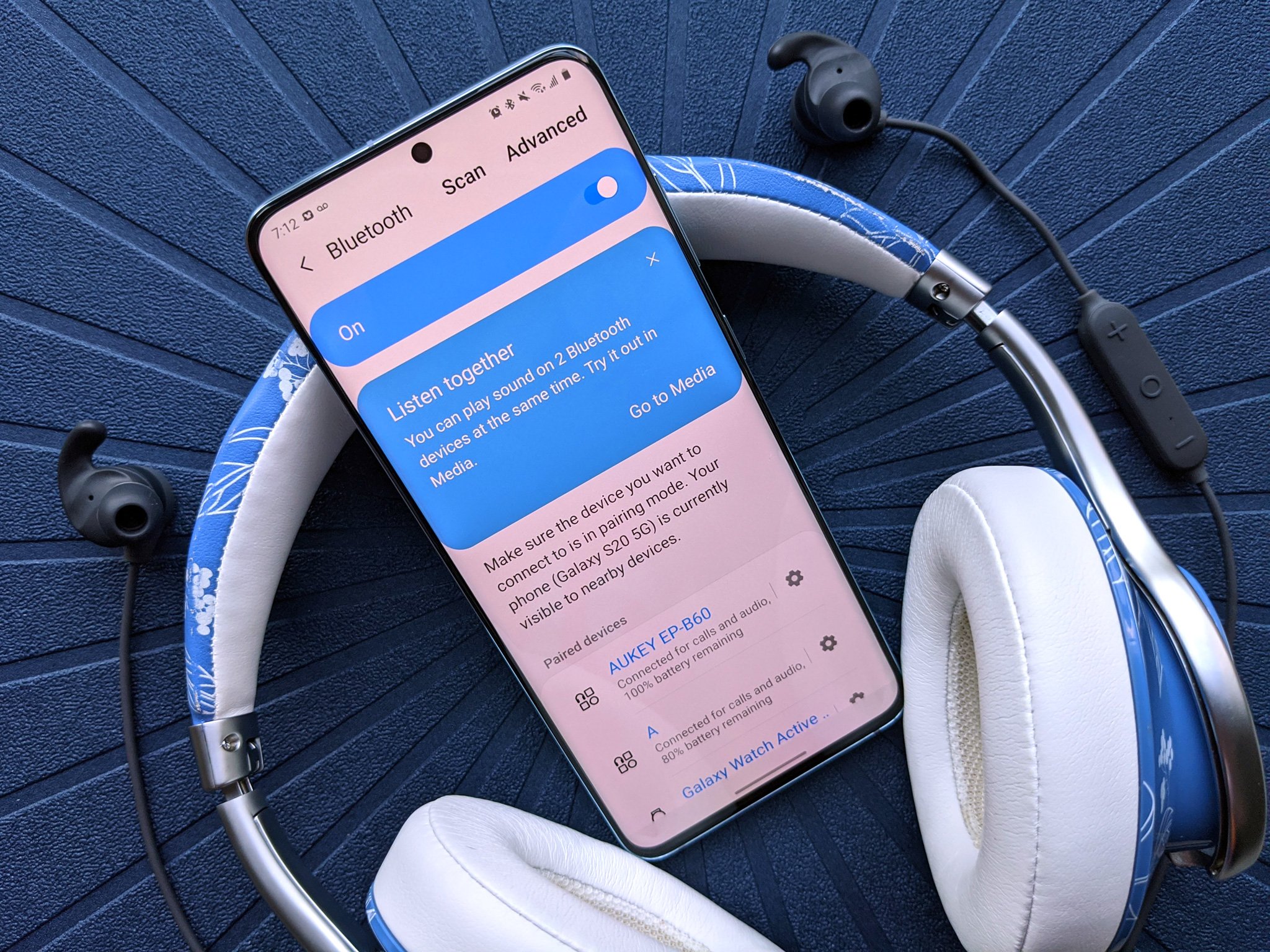
Dual Bluetooth returns, allowing you to play music to two different Bluetooth devices at once. I find this more useful than the new Music Share feature that allows your S20 to essentially act as the DJ, building a playlist of music from your and your friends' phones.
If there's any hangup to be had in the S20's performance, it's that the S20 kept the same finicky, almost useless fingerprint sensor as last year's models. There have been some software updates here and there for it, but nothing changes just how little you can rely on it. I use Smart Lock to avoid that sting of disappointment every time I open my phone, but it's still hiding underneath. There are enough other security options that it's not a dealbreaker, but it is a definite annoyance.
About 5G on the Galaxy S20
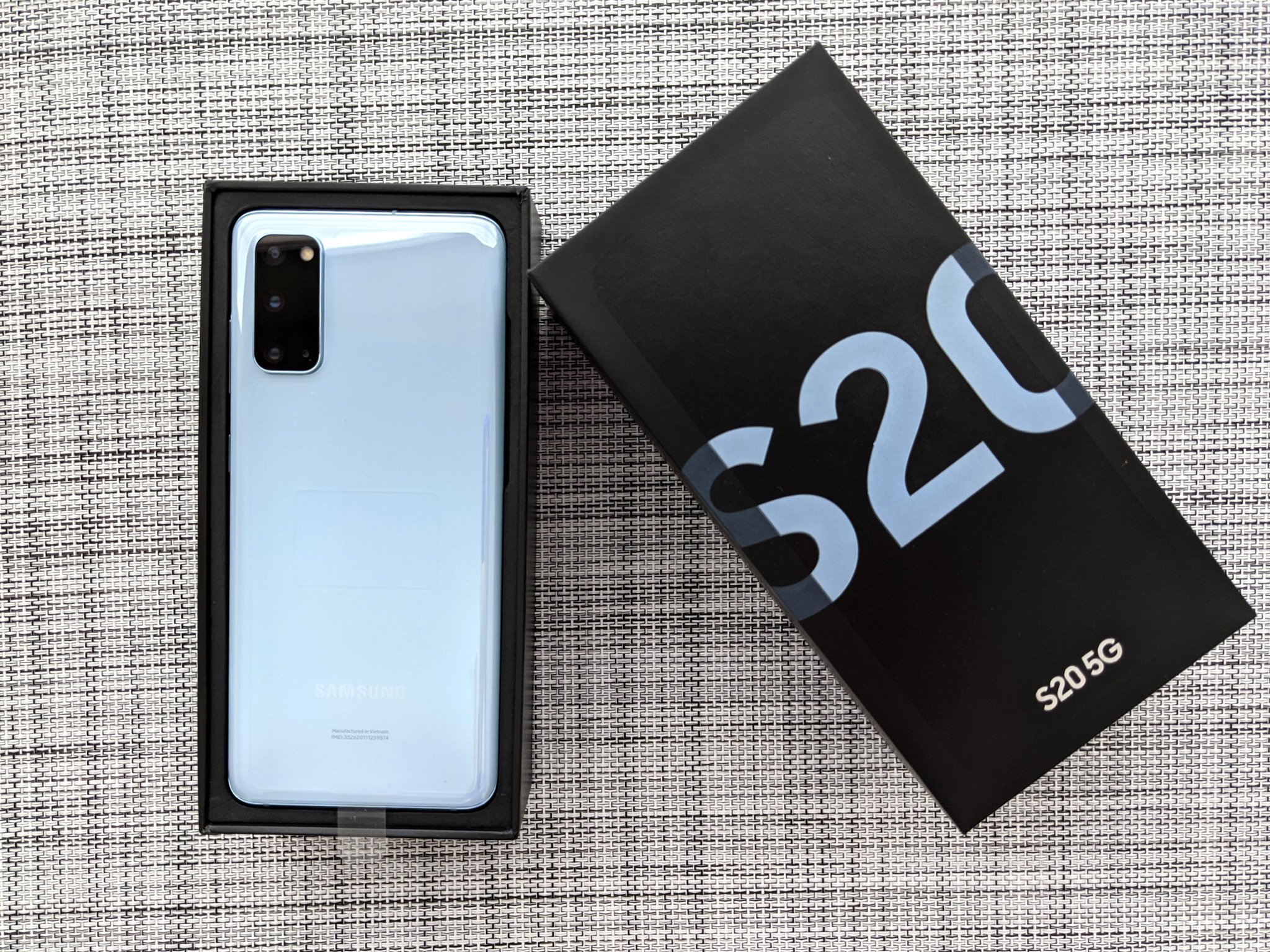
The smaller S20 is the only of the three models to not support mmWave 5G, only sub-6. I don't mind the lack of mmWave because, as Andrew pointed out in our S20 Ultra review, mmWave covers a ridiculously small area — a few hundred feet per antenna. While sub-6 isn't as commonly deployed, it covers a larger area where it is supported and is more reliable, as mmWave can be notoriously finicky to find and maintain a connection on (especially indoors).
If 5G coverage matters to you, you can stop reading this review right now and head over to the Galaxy S21 review instead, as the S21 supports sub-6 and mmWave 5G — and the S21+ and S21 Ultra both support UWB, as well.
Samsung Galaxy S20: Big camera improvements, even on the little one
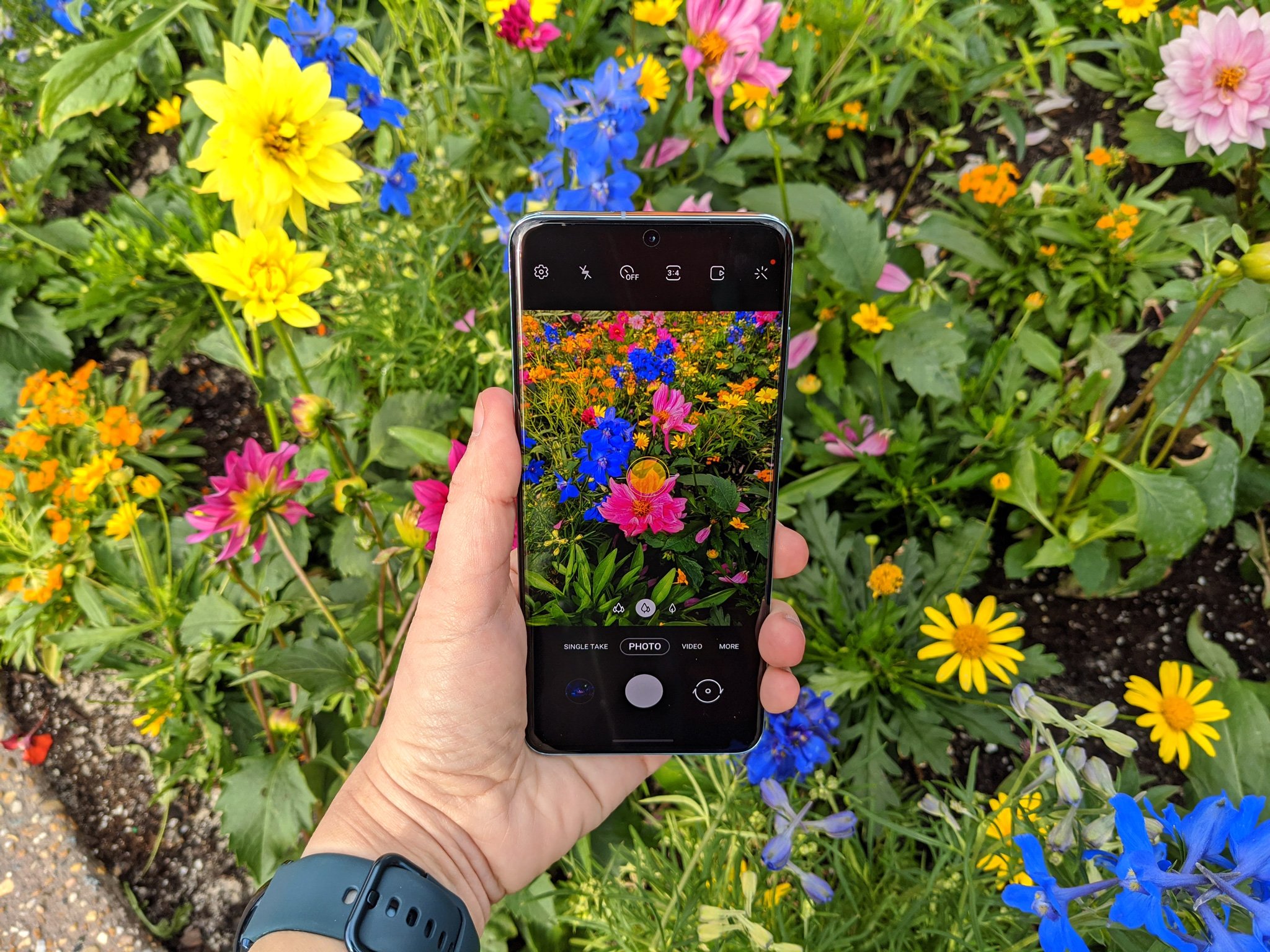
For anyone that needs a tl;dr for the S20 cameras, here's the lowdown: It's much better than the S10 and it's more vivid than the Pixel 4, but Pixel gets the edge at night and on focus. Faces can get a little too smoothed out, night shots are better than ever before but still get blurry if you're not steady, 1080p video is damn smooth, 4K video is great, and 8K is overkill.

![]()
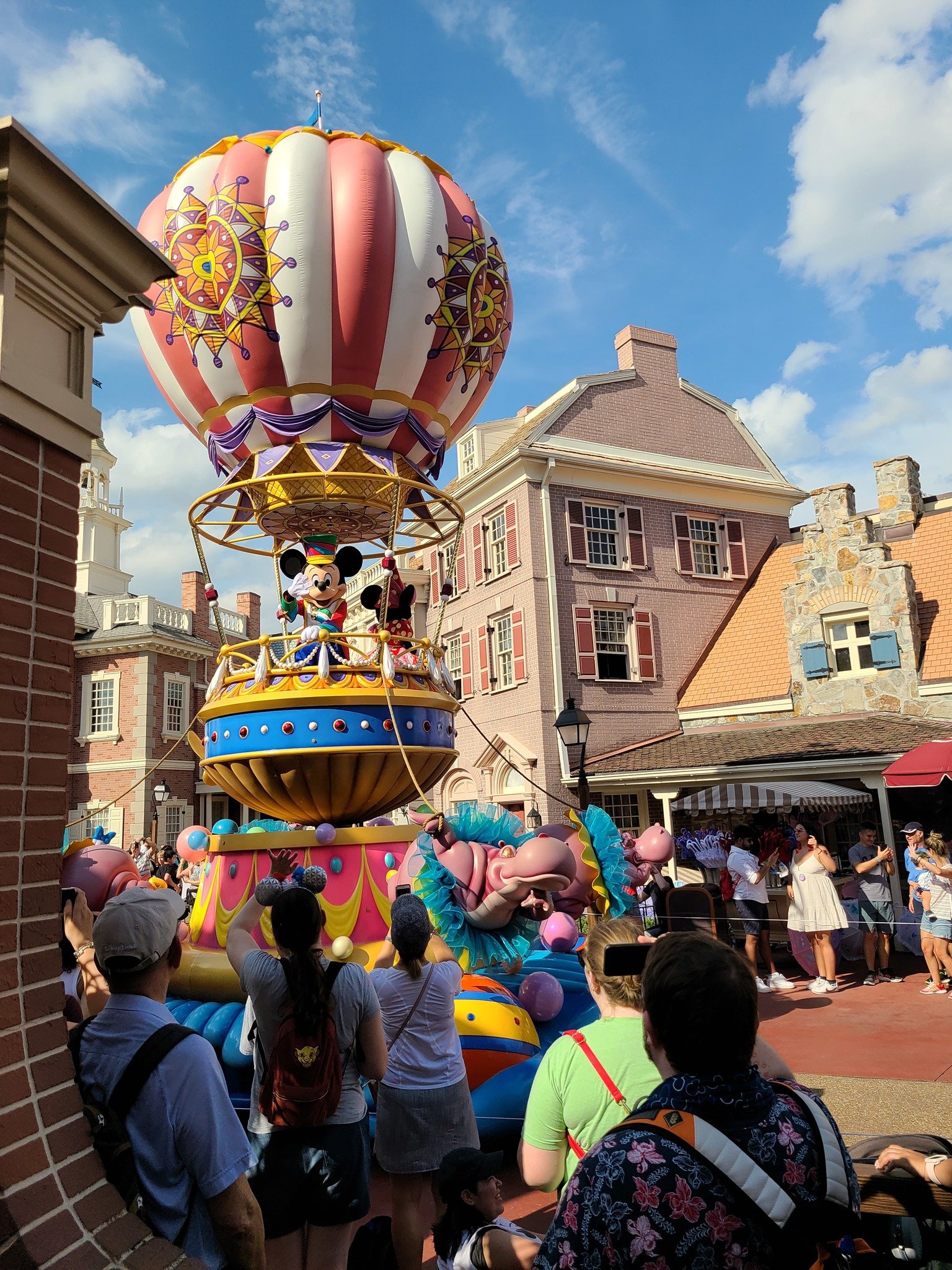
![]()
Galaxy S20 (left) | Pixel 4 (right): You can see how the Pixel's shots seem dimmer and duller compared to the S20.
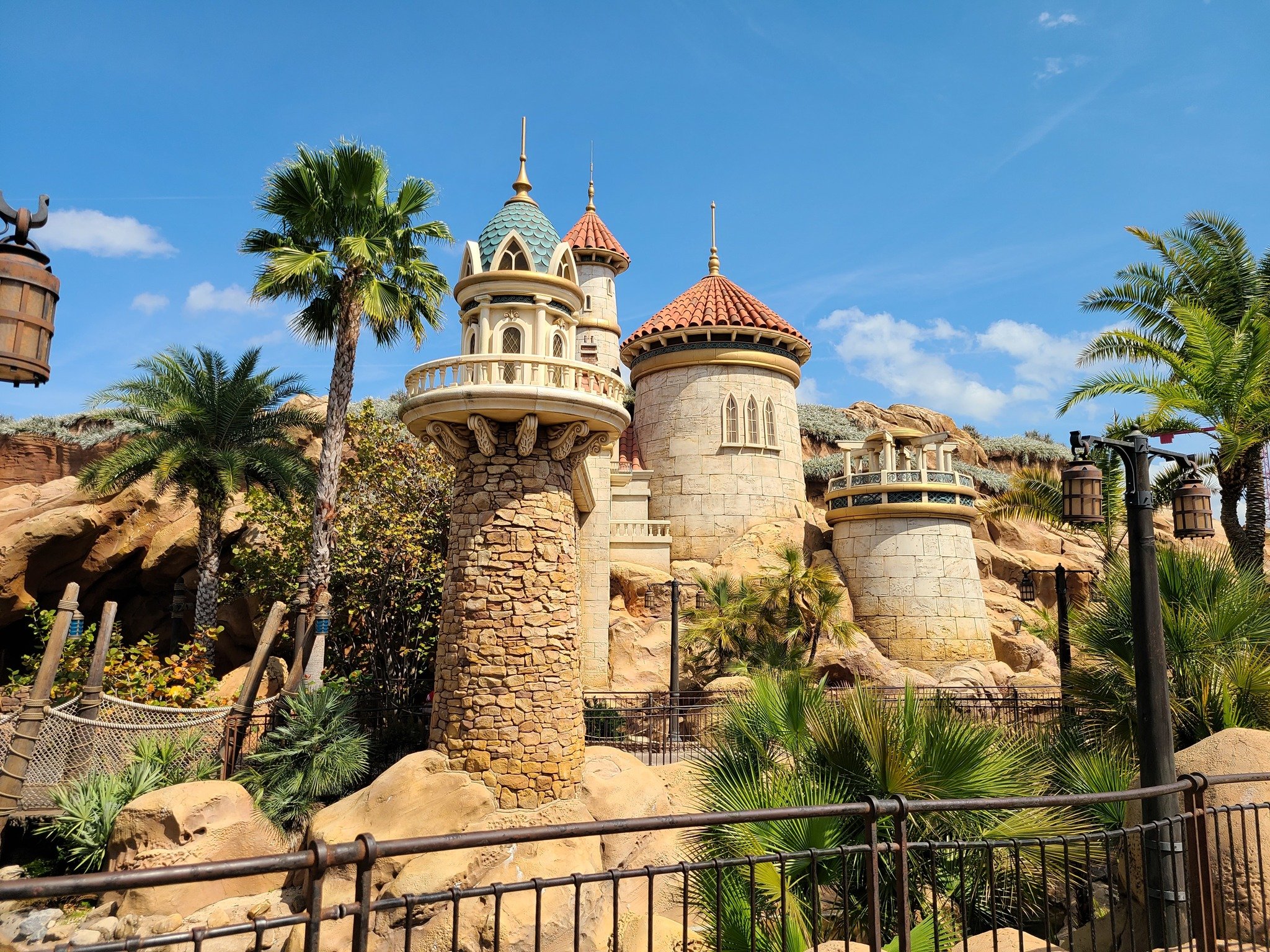
![]()

![]()
The cameras on the Galaxy S20 are a big improvement over last year's S10, and for most daytime and outdoor photography, the S20 looks more vibrant and vivid than the Pixel 4. It's still slower than Pixel on auto-focus, but the S20 doesn't have a time-of-flight sensor like the S20+/Ultra and doesn't suffer from the wonk in its focus as the Ultra does.

As my colleagues saw in our reviews of the Ultra and Galaxy S20+, the Galaxy S20 can over-smooth facial details and make photos of your friends and kids seem soft or blurry at times. However, it seemed to do just fine on performer's faces during parades and performances. I'm honestly okay with the brightening and smoothing it does on faces most of the time, but I do wish it would be a little faster on shutter speeds so that I wouldn't have quite so many shots lost to motion blur with my shaky hands.
This is especially true at night. The S20 is magnitudes better than the S10 for dimmer indoor scenes and nighttime outdoor shots, but I'll tell you right now that just like Night Sight on the Pixel 4, you're not going to want to use Samsung's night mode without a tripod. It just takes too long to avoid moving your hand and blurring the shot. The S20 lets in a lot more light, but its tendency to try and over brighten at night leads to overprocessing and blur from too long of a shutter speed, so plan your shots carefully and consider shooting on Pro mode instead of Auto.
Parallels Desktop on M1 Macs now runs ARM Windows 10 at 'native speeds'
14/04/2021 04:45 PM
Google Photos new video editor now available for all users
14/04/2021 06:16 PM
Amazon’s second-generation Echo Buds are here with ANC, $120 price tag
14/04/2021 03:34 PM
Grab The Impressive TiVo Stream 4K Android TV Dongle For $35
14/04/2021 04:53 PM
The OnePlus 9R is now on sale, but is it worth buying over the OnePlus 8T
14/04/2021 11:18 AM
Sony A1 review - The alpha of mirrorless cameras
14/04/2021 04:30 PM
Sony Intros Xperia 1 III + Xperia 5 III Flagships With Powerful Cameras
14/04/2021 10:47 AM
Ford's BlueCruise self-driving tech did a 110,000-mile road trip
14/04/2021 05:40 PM
- Comics
- HEALTH
- Libraries & Demo
- Sports Games
- Racing
- Cards & Casino
- Media & Video
- Photography
- Transportation
- Arcade & Action
- Brain & Puzzle
- Social
- Communication
- Casual
- Personalization
- Tools
- Medical
- Weather
- Shopping
- Health & Fitness
- Productivity
- Books & Reference
- Finance
- Entertainment
- Business
- Sports
- Music & Audio
- News & Magazines
- Education
- Lifestyle
- Travel & Local
2014 © US apps and news
